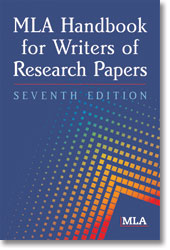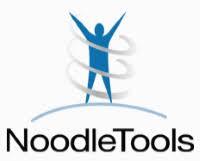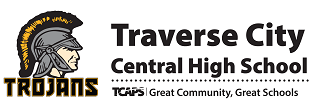English 12 - Research
All the tools and tips you will need to successfully complete your 12B research project!
Source Citation
Citation Examples in MLA (Modern Language Association) Style
There are two types of citing in MLA: parenthetical text citations and reference citations.
Parenthetical text citations refer to when a writer uses information from a source (book, article, website) either as a quote or a paraphrase in their paper. Reference citations refer to the cites which appear in your paper's Works Cited list, the full citation of the material cited.
Here are the basic elements of a citation:
- Book: Author, Title, Place of Publication, Name of Publisher, Date Published.
- Journal: Author, Title of Article, Title of Journal, Volume/Issue, Page Numbers, Format (Print or Web), Date of Publication.
- Website: Author, Title of Article, Title of Overall Website, Publisher or Sponsor of Website, Date of Publication, Web, Date of Access.
Reference Citation Example (book)
Reinhart, Susan M. Giving Academic Presentations. Ann Arbor: U Michigan P, 2002. Print.
Reference Citation Example (journal article from library database)
Dresang, Eliza T. "Controversial Books and Contemporary Children." Journal of Children's Literature 29.1 (2003): 20-31. Wilson OmniFile. Web. 15 Sept. 2010.
Reference Citation Example (general website)
Felluga, Dino. Guide to Literary and Critical Theory. Purdue Univeristy, 28 Nov. 2003. Web. 10 May 2006.
Example of a parenthetical text citation
Today's digital child, needs book relevant to their world, "If book selection, classroom activities, and curriculum planning are based solely on a pre-digital-age view of children, then a disconnect may exist between the choices made and the interests and needs of the children at hand" (Dresang par.10).
Note: When source comes from a print source, then page numbers are used instead of paragraph numbers.
All of the details are important with MLA. For more examples, consult the MLA Handbook for Writers of Research Papers, 7th edition (see section below).
MLA Style, 7th Edition
Each academic discipline adheres to a style of documentation used to format papers, cites sources, and create reference lists. There are several: APA, MLA, Chicago, Turabian. They can seem like a foreign language, but with study and help you can learn to master the format used in your discipline.
 At NMC, MLA (Modern Language Association) is the style used by the Communications Department. A new edition, the 7th, of MLA was published in Spring 2009. You'll find a copy of the MLA Handbook at Osterlin in the Stacks and in the Reference Collection, PN147 .M5 2009.
At NMC, MLA (Modern Language Association) is the style used by the Communications Department. A new edition, the 7th, of MLA was published in Spring 2009. You'll find a copy of the MLA Handbook at Osterlin in the Stacks and in the Reference Collection, PN147 .M5 2009.
MLA Tips
- Make sure to follow the most recent edition of MLA. The 7th edition was published in the summer of 2009.
- Book and journal titles are now put in italics instead of being underlined, indicating the move from typewriters to computers.
- MLA no long requires including the web address in citations for web documents. The word "Web" toward the end of the citation now suffices. If you believe the website cannot be located without the web address, then it can be included, but this would be the exception rather than the rule.
- Papers formatted in MLA Style do not include a separate title page. This information is included at the top of the first page of the paper.
NoodleTools
 NoodleTools is a citation management tool that the library subscribes to for all NMC users. It offers simple step-by-step guidance through the process of citing and annotating sources, and creating works cited or bibliography pages.
NoodleTools is a citation management tool that the library subscribes to for all NMC users. It offers simple step-by-step guidance through the process of citing and annotating sources, and creating works cited or bibliography pages.
Getting started with NoodleTools requires setting up an account. This account is separate from your NMC Username and ID, though you can use those if you wish. Once you have an account, the software allows you to create and manage multiple lists of sources for different classes and assignments. These projects will remain accessible to you throughout your time at NMC.
![]() LAUNCH NOODLETOOLS CITATION MANAGER
LAUNCH NOODLETOOLS CITATION MANAGER
Need Help?
 Contact an Osterlin Librarian (Note: Librarians can reset your NoodleTools account)
Contact an Osterlin Librarian (Note: Librarians can reset your NoodleTools account) Visit NoodleTools Help Website
Visit NoodleTools Help Website
